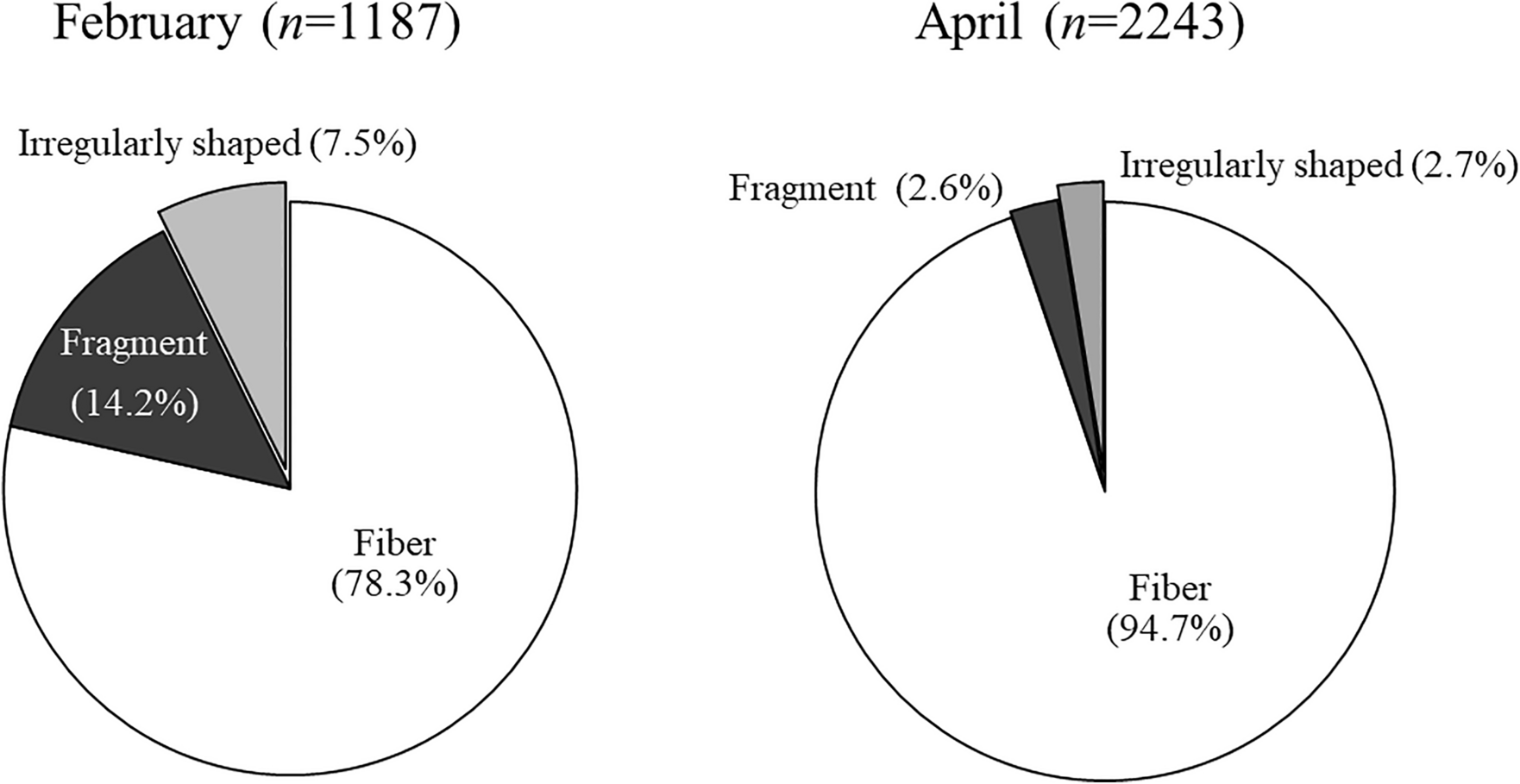
Microfiber emission from a municipal wastewater treatment plant in Hungary
Nature Portfolio 1 year ago

layersDaily Sustainability Digest
Published about 11 hours ago
Efforts to decarbonise the built environment are accelerating as UK firms drive forward sustainable construction strategies anchored in measurable environmental performance. Premier Foods’ £2.1 million solar installation at its South Yorkshire bakery exemplifies how low carbon design and renewable energy integration can reshape industrial operations. Generating 20 per cent of the facility’s power, the 2.2 MW system underscores a shift toward net zero carbon buildings, where life cycle cost and whole life carbon assessment increasingly determine investment decisions. This kind of eco-design for buildings reflects a practical model for reducing the carbon footprint of construction while improving resilience within corporate net zero whole life carbon pathways.
Show MorearticleFeatured News

Trade Business Awards 2025: Celebrating the new era of construction business leaders
48 minutes ago

News in Brief (30/10/2025)
2 hours ago

Iberdrola Issues €1bn Green Hybrid Bond for Sustainability
2 hours ago

Bellrock appoints Mark Evans as Director of Sales, Engineering Services
2 hours ago

Sector by sector: What’s in the UK’s new Carbon Budget & Growth Delivery Plan?
3 hours ago

Xi–Trump at APEC: Future of Global Trade - British Chambers of Commerce
3 hours ago
play_circleFeatured Videos

Dena Arabsolgar, Syxis
48 minutes ago

Jacopo Cassina, Syxis
2 hours ago

Explore the PR24 WINEP interactive map: see where investment is improving the water environment
1 day ago

Why do circular business models fail to scale? Relying on a narrow business case
3 days ago

Why do circular business models fail to scale? Relying on a narrow business case
3 days ago

Designing Spaces for Learning | Kevin Higgs on Safety, Purpose & Net Zero
3 days ago
podcastsFeatured Podcasts

Maureen Waters on Powering Sustainability with Real Estate Data
1 day ago

Governing Climate Action: Massachusetts’ Strategy for Decarbonization and Resilience
1 day ago

Brackish - S6 E16 Bernadette Russell & Out Beyond Ideas of Wrongdoing and Rightdoing
1 day ago

Why do circular business models fail to scale? Relying on a narrow business case
3 days ago

Smarter Software Strategies with Jet.Build’s Adam Stark
3 days ago

169 Bailey Bestul: imaginative reuse of architectural components to create exciting and inspiring...
5 days ago
Get your opinion heard:
Whole Life Carbon is a platform for the entire construction industry—both in the UK and internationally. We track the latest publications, debates, and events related to whole life guidance and sustainability. If you have any enquiries or opinions to share, please do get in touch.











